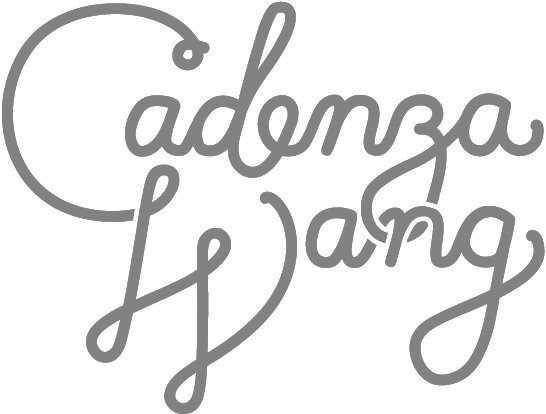Overview
A top Walmart eCommerce priority for 2016 was redesigning our marketplace experience.
Our Item Page team was tasked to lead the redesign that would inform other funnel touchpoints (search, cart & checkout).
Shoppers often start their journey on Item Page, where the heavy lifting of the marketplace shopping experience lives.
Team
Date
Launched May 2016
Project length 2-3 months
Business objective
Provide wider assortment & deeper inventory for shoppers.
Walmart was investing in increasing 3rd party sellers across all item categories, anticipating significant SKU increase.
With this, we anticipated increase of 8M to 20M+ item SKUs, and needed to scale the current experience to support 1 to 300 sellers.
Customer pain points
Lack of marketplace seller awareness
Multiple add to cart CTAs in marketplace module
Competing fulfillment messaging
Return policy hard to find
Opportunity
Build customer awareness
and trust. Clarify ambiguity.
Through team brainstorming, these emerged as guiding design goals through the redesign.
My role
Gathered context
that informed
product requirements.
User flow
Existing buy box + marketplace seller module
To help the team understand the current landscape, I initiated visual artifacts to guide conversations with stakeholders, including:
user flow
audit of current and competitive examples
wireframes
This brought clarity to impacted content, and unearthed opportunities in existing display logic, as tied directly to variant selection.
Later through usability testing we validated that customers strongly associated this combined information as an “item offer.”
Identified & successfully pushed for user centric opportunities.
To clarify for customers whether buying from Walmart or a 3rd party, I pushed for these hypotheses & requirements.
Explored Item & Seller List Page designs.
Focused on desktop (which generated majority traffic & revenue) to inform mobile web and native.
Option A
Option B
Tradeoffs and constraints included content density, readability, emphasis on Item Page, level of effort in building new Seller List page.
Incorporated internal feedback in determining direction to run user tests.
Created high fidelity mockups for user testing.
Collaborated with prototyper on mockups for several rounds of usability testing.
User testing insights
Design changes that were validated:
New fulfillment display logic, content, and positioning
Item offer as tied to seller
Overall comprehension of seller list page and functionality (ability to sort by price, dates)
Key qualitative findings incorporated into desktop iterations:
Item page, secondary seller module needed more emphasis
Seller list page, marketplace program content could use more emphasis for better discoverability
Delivered final
UI to engineers.
Partnered with Product in identifying key & edge use cases.
Provided final mockups with spec across responsive breakpoints.
Desktop UI
Mobile web UI
Use cases overview
Outcome
& Wins
+1% lift in GMV
Desktop tested +1% lift in gross merchandise value, or $xxx million incremental.
+1% lift in units sold
Overall units sold per visitor.
Delivered with quality & speed.
Team & product launch recognized by Product SVP and CTO/Executive VP.
a user centric lens–a win for effective partnership forward.
So pleased, Product partner resisted changes to impacted modules thereafter and praised: “There are designers and then there are great designers. Cadenza’s the latter.”
Built internal trust.
By the time I’d joined Item Page, our template was defined with complex use cases. Any buy box changes–of which our redesign had many–that risked negative Add to Cart conversion were widely scrutinized.
We successfully collaborated with our stakeholders through







